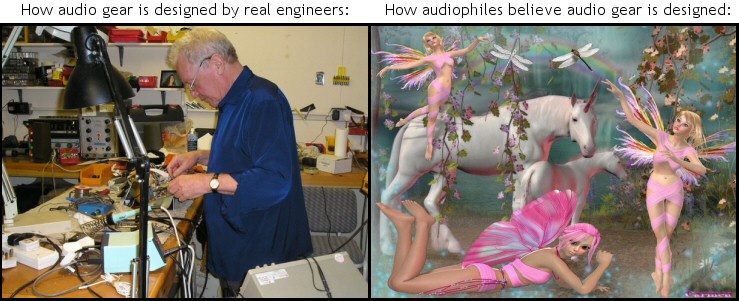Yes, but there has to be enough humility of the people looking at the science to realize that this hasn't been all figured out. We need to increase the use of science, but surely the goal should be to address subjective observations with scientific explanation.
I agree that better specs and measurements should be more available across all audio gear.
VTA Amp has much larger and better built transformers, and if you understand tube amp design at all- the transformers are the most critical part. The voltage is higher on the VTA, and when coupled with the a far bigger quad cap and choke- bass response is going to greatly improve and it is going to be faster overall. All of the components are better spec (tighter tolerance) than the original- which as still a budget amp. Furthermore, the VTA board has individual bias pots, uses 3 tubes better tubes which adds a tube which is the initial voltage amplifier, before going to the individual channel's signal tubes (significantly better design). Also, you are able to ditch the the old budget 7199's, you can run several better tubes. Even the whole things has better wiring.
So, the VTA-70 is the 2022 Tundra, and you have the ST-70. Both great, but are you really going to argue that objectively yours is better than the new one? AudioscienceReview is arguing that the ST-70 is better, and I would love to see this go over to the Dynaco forum and argue that the ST-70 is technically better- because it is so obvious that the VTA is a much stronger and cleaner amp.
All that to still say that what Amir does at ASR is EXTREMELY VALUABLE, much needed, and measurements are well done. I am just convinced there is a good bit more to learn, understand, and measure to really understand how to best reproduce sound. In order to do this, there has to be people smarter than me trying to figure out how to quantify this, but that will not happen until it is admitted everything is not known and understood about audio.

